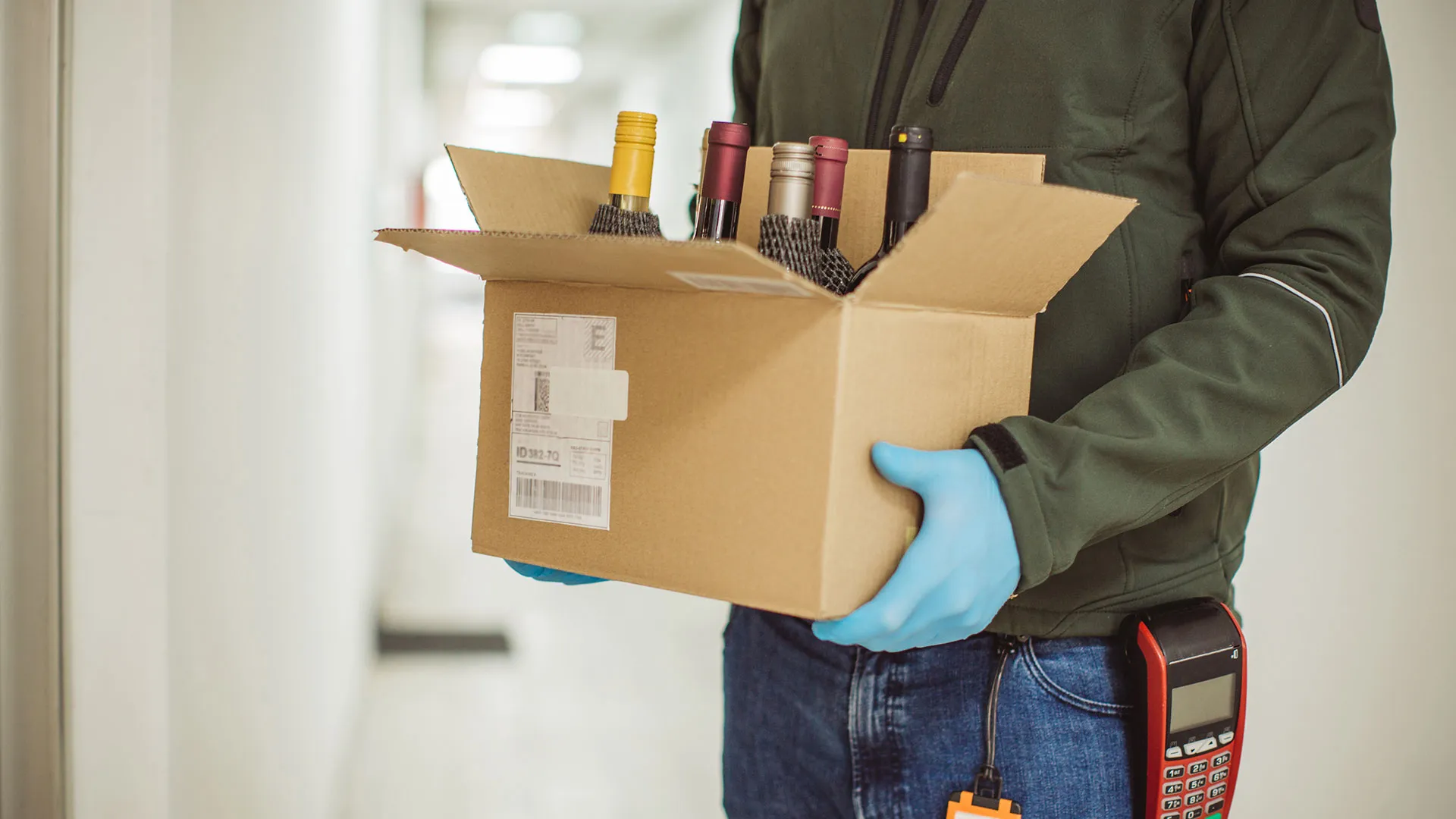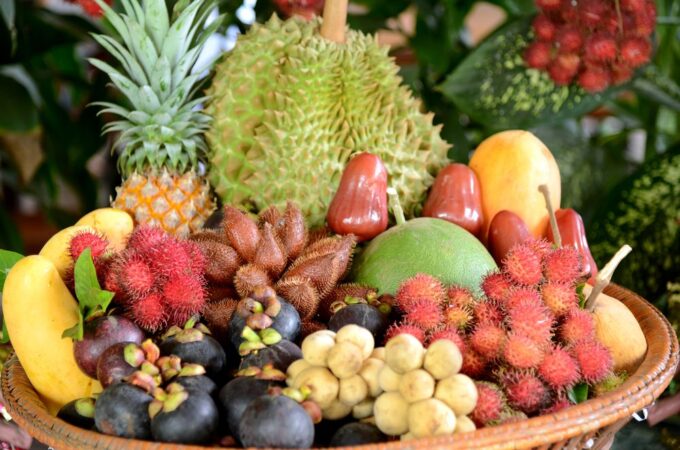
How Does Alcohol Delivery Work in Canada?
DoorDash recently launched alcohol delivery in Canada, making it easier than ever for customers to order drinks from local restaurants, grocery stores, and other merchants.
However, to ensure the service is a safe one, the company is taking extra steps to verify customer IDs. It says its drivers will see a blurred version of the customer’s ID that only displays their photo and birth date.
What are the legal requirements for alcohol delivery?
If you are a business looking to deliver alcohol to your customers, there are some important things you should know. First, you should ensure that your business complies with the legal requirements for alcohol delivery in Canada.
There are several different laws in place to ensure that alcoholic beverages are shipped safely and securely. These regulations range from packaging standards to export rules and shipping restrictions.
The Canadian government allows the provinces to set their own laws on producing, selling, and distributing alcoholic beverages. This is in place to protect consumers and producers alike.
This means that restaurants and bars have to follow specific guidelines when it comes to selling cocktails to-go or home delivery. These guidelines include placing a customer’s order in a safe container with the correct labeling, ensuring drivers aren’t delivering to underage people, and checking IDs to ensure that everyone is of legal drinking age.
However, some states have recently taken steps to help make cocktails to-go more accessible for the average consumer. For example, a law was passed in Delaware that will allow food and drink establishments to sell alcoholic drinks for curbside pickup or takeout.
While these changes are meant to increase availability and convenience, some healthcare advocates worry that these laws will lead to underage drinking and other issues. That’s why they also implement other strategies to keep alcohol deliveries safe and sound.
In addition to monitoring the delivery process, law enforcement agents are also focusing on driver training and compliance. They’re using a combination of decoy operations and training drivers to check for IDs, as well as making sure that they’re not ordering alcoholic drinks from places that aren’t able to provide them.
How do I know if a customer is of legal drinking age?
The legal drinking age is 21 years old in most states, and it’s important to check a customer’s ID before serving them. This is a crucial step for any licensed business, as even guessing a person’s age and accidentally serving them can result in negative press and fines. For more information on responsible drinking, be sure to check out the detailed alcoholic beverage labels.
In Texas, a store clerk, waiter, or bartender can be criminally liable for selling alcohol to someone under 21, so asking for valid identification is important. This can be a driver’s license issued by any state, a passport, or a military ID card.
You can also request a copy of the customer’s birth certificate or another document with their name, address, and date of birth. These documents are often the best option for a primary ID.
Regardless of what you choose, make sure your staff is trained on the laws and policies regarding the sale of alcohol to minors. The consequences of violating these laws vary from state to state but can include penalties and the loss of your license.

To determine whether a person is of legal drinking age, look at the birthdate on their ID. If it starts with 19XX or 20XX, they’re most likely over 21, but you should confirm the birthdate to avoid misunderstandings.
Next, check their ID for any signs of tampering or alteration. Feel the surface of the ID to see if it feels smooth or has any bumps that may indicate that information is being added or removed.
If you suspect a customer is underage, contact local law enforcement immediately. You may also want to post signs about the laws and penalties for serving alcohol to minors.
How do I know if a customer is intoxicated?
In most provinces, it is illegal to serve alcoholic beverages to anyone who appears intoxicated. This means that you should not sell or deliver alcohol to a drunk customer, regardless of their age.
If you suspect a customer may be intoxicated, ask for their valid government-issued photo ID. This can be a driver’s license, passport (Canadian or international), or another document that contains the person’s photo and date of birth, as permitted by your provincial liquor regulator.
You should check the ID carefully in a methodical and systematic way using the F-L-A-G system. First, feel the ID for its rigidity and thickness, then examine it for lifted corners or other signs of a fake ID.
Secondly, verify the customer’s name on the identification against their customer name in your app. If there is no match, indicate No Valid ID? in your app, and a return trip will be initiated.
Third, look at the customer’s face to identify unusual characteristics or behavior. If the customer is slurring their speech or has an emaciated appearance, this could be an indication that they are intoxicated.
In addition, you should look at their body language to determine if they are showing any other physical signs of intoxication. Loud speech, boasting, crude behavior, drinking alone or quickly, ordering doubles, buying rounds, and stumbling are all signs of visible intoxication.
If you suspect a customer is intoxicated, refuse to sell them a drink and immediately alert your manager. If the situation escalates, call the police or your local law enforcement agency. You could also be held liable for any injuries or damages caused by an intoxicated customer.
How do I know if a customer is a minor?
The best way to identify a customer is to ask for an ID. If a customer is able to provide identification such as a state or college-issued driver’s license then you should be able to figure out their age. The best way to do this is by looking at the photo and their height and weight. If they do not match the picture on the ID then you should not accept it.
The most important part of this process is making sure you do it correctly! It is best to have a designated person responsible for checking IDs before serving them. This person should be able to determine the most important information without relying on an individual to tell them. Suppose a minor is served by an individual who has not been properly trained and/or does not follow the abovementioned steps. In that case, that server and establishment will be at risk for various charges, from a Class B Misdemeanor to a Class D Felony.
While it may not be as practical or useful as a major, a minor is a fun way to expand your learning in a different subject area or augment your main curriculum. When choosing a minor, be sure to discuss it with your academic advisor to see if it is the right choice for you.




